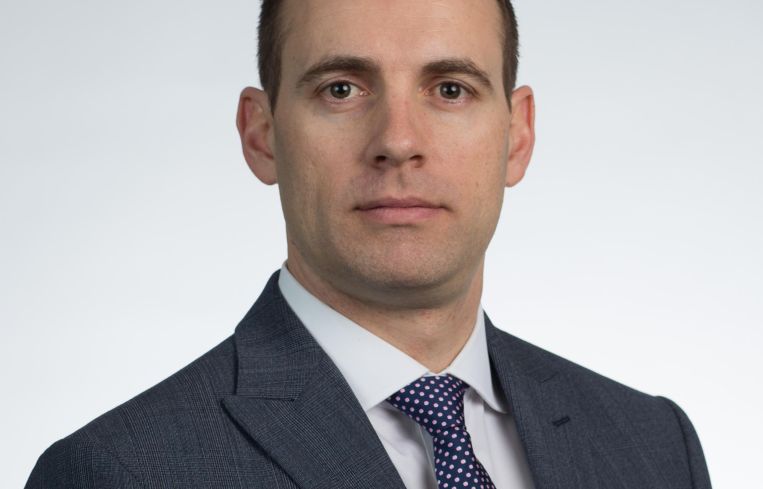Presented By: Unibail-Rodamco-Westfield
Speaker Spotlight: Geoff Mason, Executive Vice President at Unibail-Rodamco-Westfield
Geoff Mason was featured in our 9/23 Power Briefing, The Future of Mixed-Use Developments & Densification in the U.S.
By Unibail-Rodamco-Westfield October 3, 2022 4:00 am
reprints
Unibail-Rodamco-Westfield (URW) is a dynamic global developer and operator of flagship destinations. Currently, the group owns and operates 82 shopping centers in Europe and the U.S. Present on two continents and in 12 countries, URW provides a unique platform for retailers and brand events and offers an exceptional and constantly renewed experience for customers.
What are the key areas of focus developers need to consider when planning a mixed-use development?
There are four key areas we are focused on when it comes to transforming our most productive shopping centers into mixed-use, landmark destinations, including:
- 1) Densification: We keep our strong retail assets at the heart of our planning, and then densify by integrating residential, office, life sciences, and other uses–tailored to the community—into our existing shopping, entertainment, and lifestyle offerings. The goal is to create a dynamic and highly integrated new community where residents and visitors alike can find everything they need.
- 2) Diversification: Optimizing the tenant mix and providing a new and differentiated experience helps maximize each location’s value to the local community. Some of the areas we focus on include food and dining; health, wellness, and beauty; events and entertainment; luxury; digitally native brands; pop-up retail; and arts and culture.
- 3) Innovation: We use technology to not only create connected, omnichannel communities, but to also provide a more sustainable way of living—helping drive solutions related to water reclamation, power sourcing and optimization, green spaces, urban farming, and more.
- 4) Personalization: A successful mixed-use development means being much more than a landlord but instead – a dynamic curator of engaging, relevant, and shared customer services and social experiences created together with retail and other partners.
Did the pandemic play a role in accelerating mixed-use developments and densification? Why is the ‘live, work, play’ model being embraced by so many today?
As devastating as the pandemic was, it proved that even when you are able to do everything from home, people crave interaction with others. Coming back together is critical to our well-being. And that’s what mixed-use developments can do. They provide additional choices in types of living that are now more prevalent after the pandemic changed how and where people work. Now that most workers have more flexibility in where they office from, many of them want to live in a place with the same broad amenities—a place where they can live a carless and community-focused lifestyle.
That is what we are building at URW. Our iconic, landmark destinations will break down the barriers between the traditional indoor shopping center and surrounding business districts. We are creating entirely new neighborhoods with modern luxury apartments, traditional and flex-working offices, hotels, plazas, parks, and gardens—providing people with the wide amenity base they demand and deserve. We are also making sure there are significant community and sustainability features like new parks and greenspaces, green building construction, upgraded connectivity to public transportation networks, and electric vehicle charging stations so that the destination becomes a significant contributor to the economic, environmental, and cultural vitality of the local community it serves.
How is URW leveraging new partnerships to bring new, innovative developments to the market?
Our co-development strategy is unique—we bring in the very best co-developers and other business partners when and where it makes sense, blending our global retail and development expertise with our partners’ localized experience in residential and community-building. This helps ensure that not only each part of the development—whether residential, retail, or office—is the best, but that they ‘understand’ each other and integrate in ways that make the sum greater than all the parts. That’s different from other mixed-use developments and we think ultimately far better for our residents, our shoppers, our partners, and our communities.



